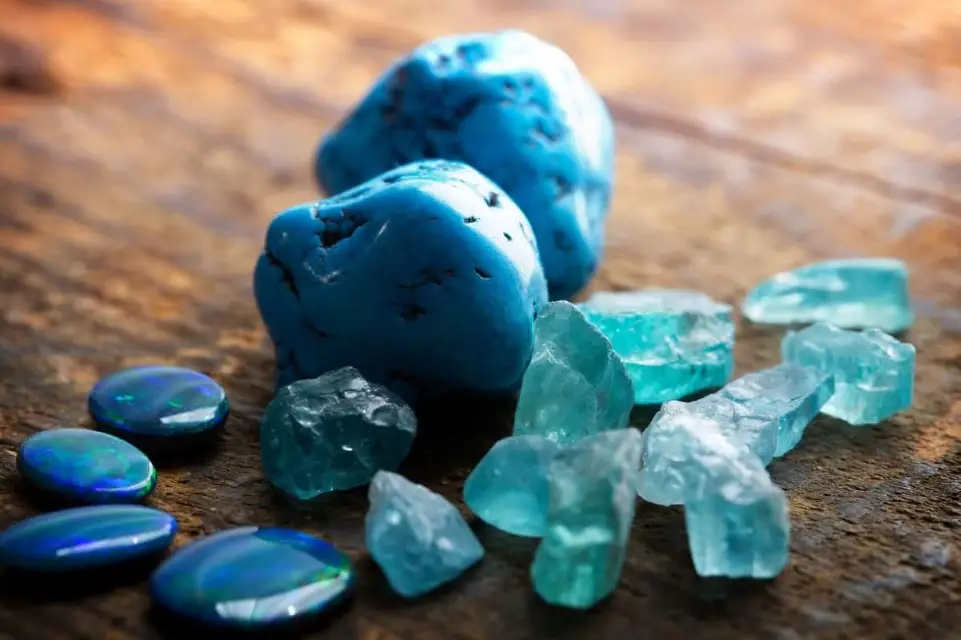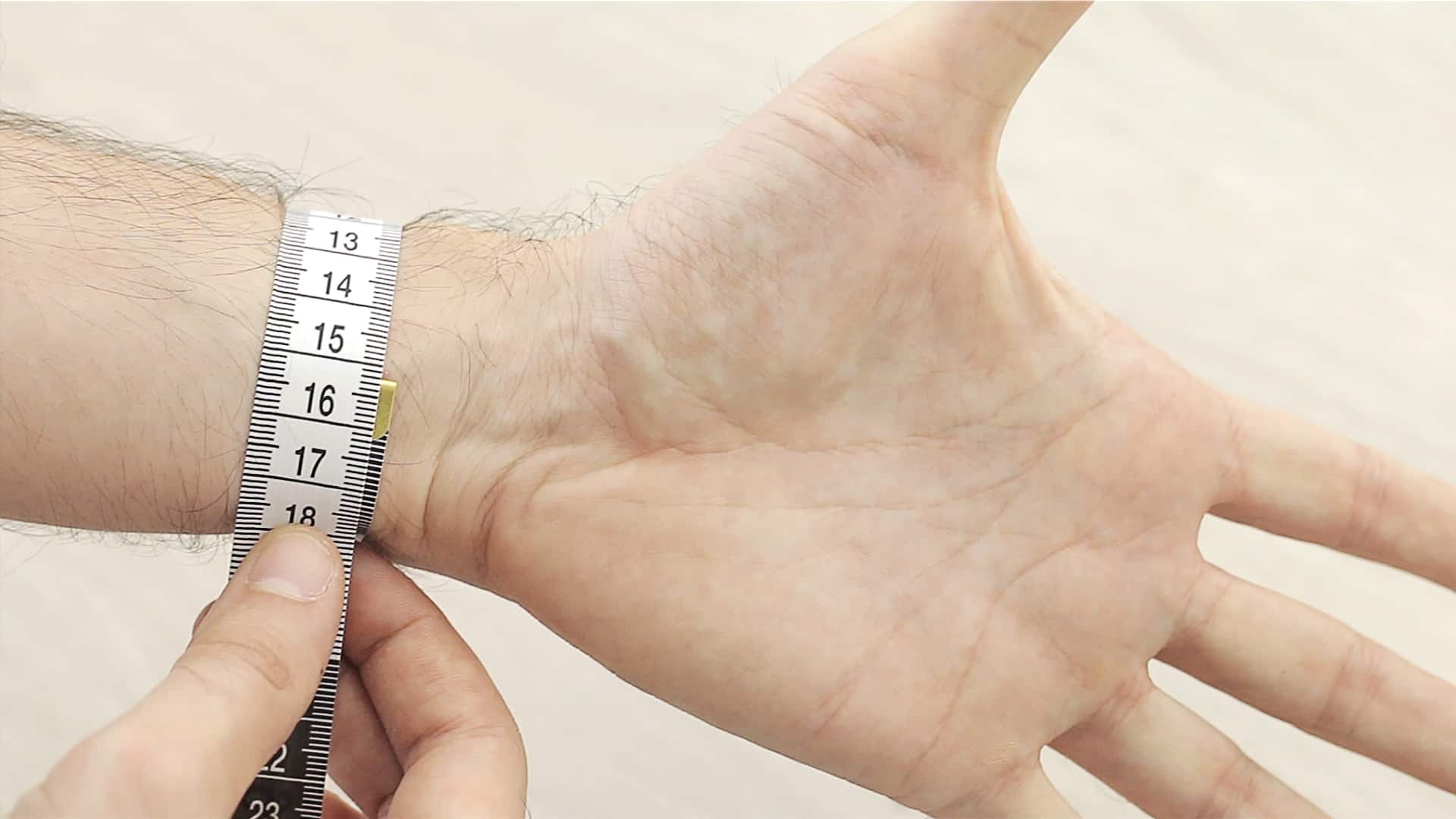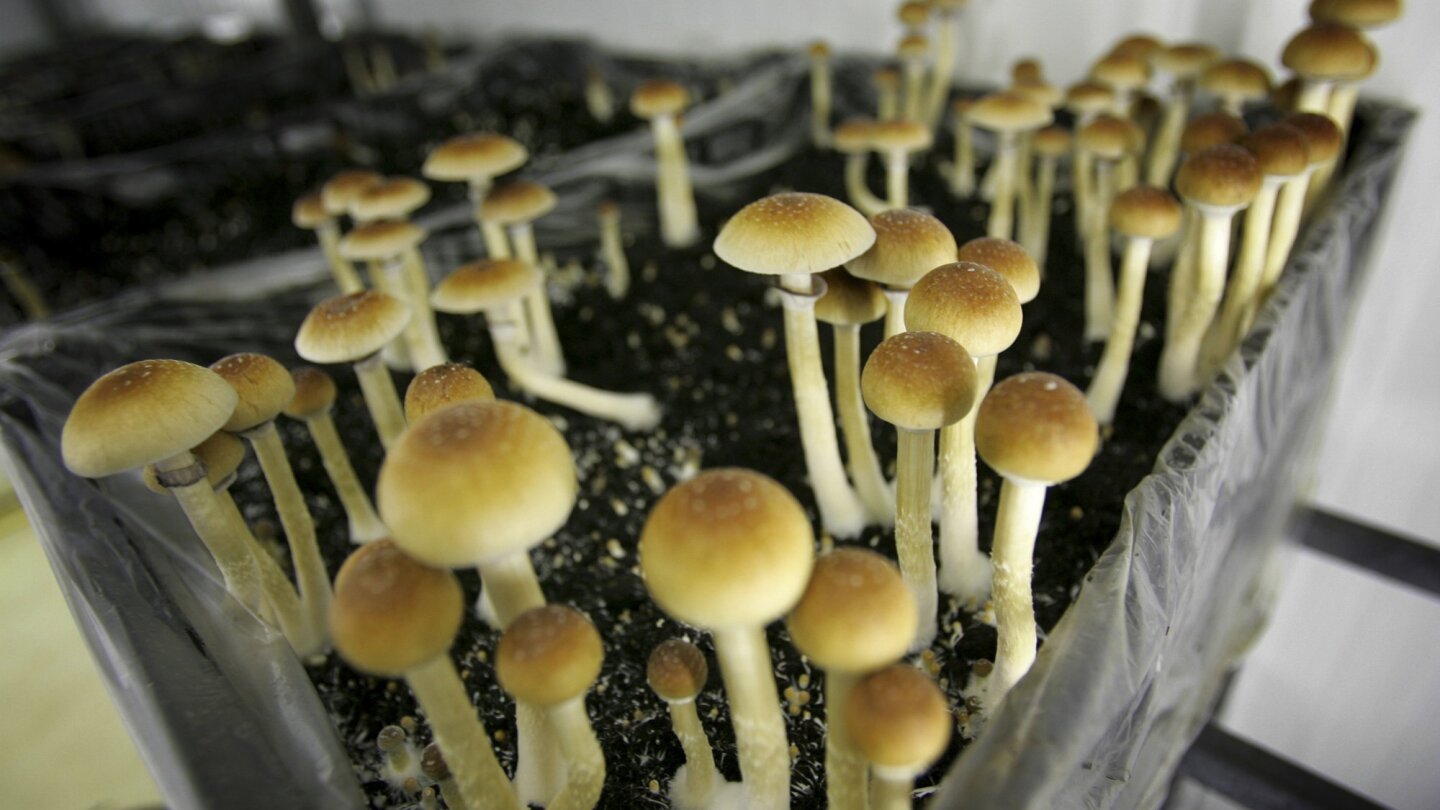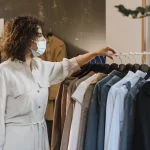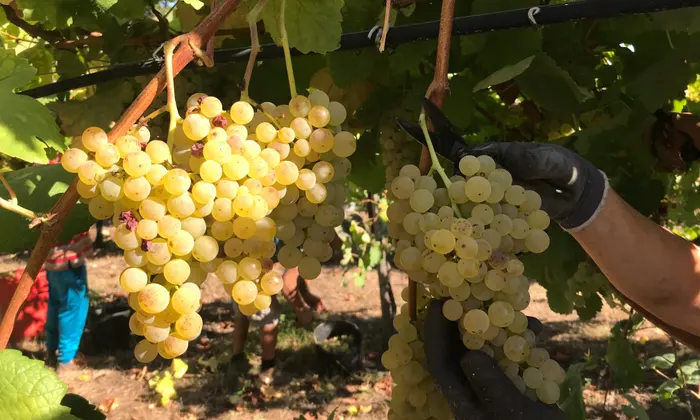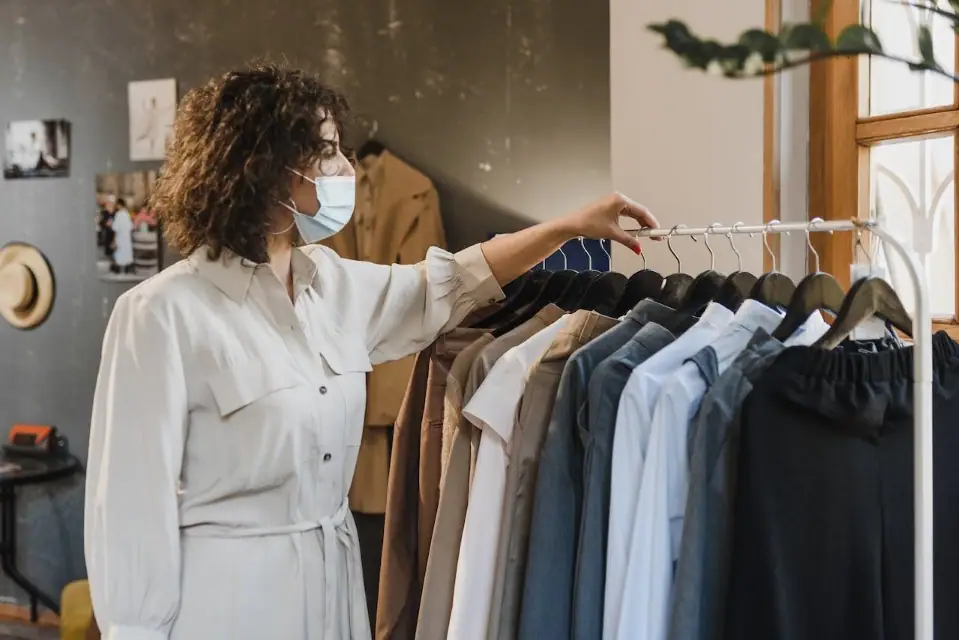Turquoise is a popular semi-precious gemstone used in jewelry and ornamentation for thousands of years. Valued for its striking blue-green color, turquoise can be susceptible to imitation and treatment. Knowing what to look for when determining if a turquoise stone is real or fake can help you avoid being misled.
There are several ways to tell if turquoise is natural and untreated. Examining the color, matrix, density, surface texture, and other visual cues can reveal vital clues about the authenticity of a turquoise specimen. Additionally, advanced testing by a professional gemological lab provides definitive proof of a stone’s legitimacy.
Assessing the Color
Genuine turquoise exhibits an iconic blue-green hue ranging from sky blue to sea green. Artificial stones tend to look too bright blue or too pale green. Natural turquoise also shows some variation in color from one end to the other. The veins or matrix patterns present in real turquoise contribute to color diversity. Imitation turquoise often looks too uniformly blue-green.
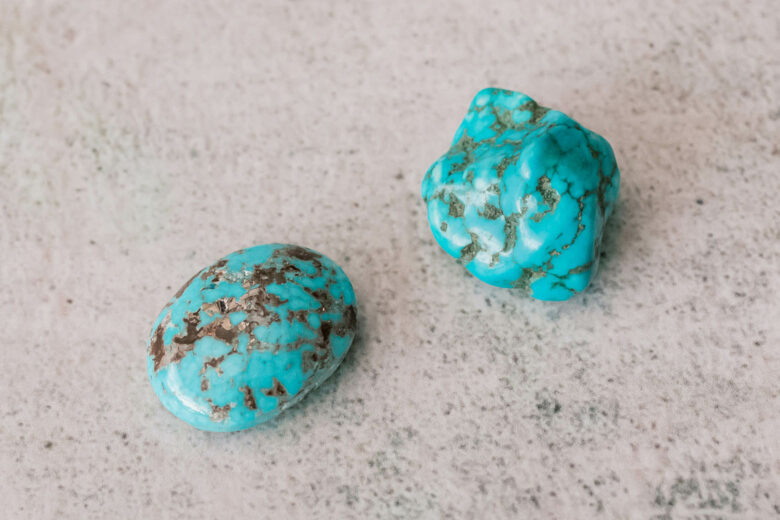
Checking the Matrix
Quality turquoise contains a netlike matrix pattern caused by other minerals mixed in during formation. Examining the matrix up close provides clues about the stone’s origin. Iranian turquoise has a tightly webbed finer matrix, while American turquoise has bolder matrix patterns. Fake turquoise usually lacks a convincing matrix. The matrix should show variation rather than looking artificial.
Density
Natural turquoise is relatively dense and heavy for its size. Fake turquoise tends to be unnaturally light. A simple way to check density is by carefully scratching the back of the stone with a pin or needle. If it leaves a white mark that disappears when wiped, it is likely genuine. Fakes will not exhibit this characteristic.
Surface Texture
The surface of authentic turquoise will look bumpy or porous when inspected up close. Synthetics often appear too smooth and flawless. Genuine turquoise does not polish perfectly smooth, so stones with a completely high gloss are likely treated or faux. Small pits, cracks, and grainy imperfections point to untreated, natural turquoise.
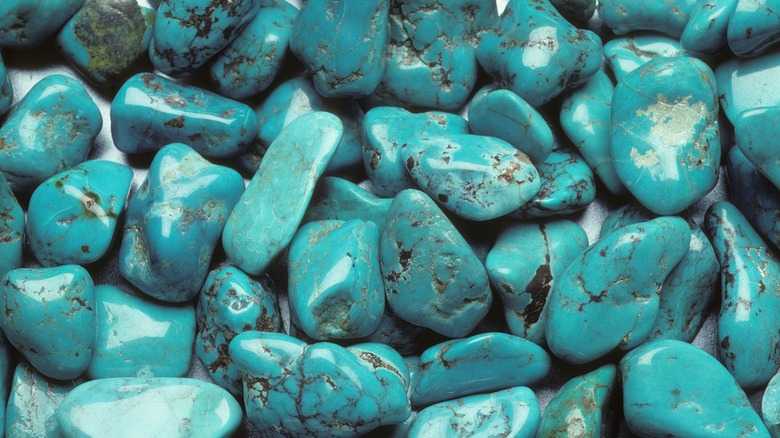
Other Clues
Turquoise is sensitive to direct sunlight and humidity. Over time, it can grow paler or develop a spiderweb matrix. These changes indicate untreated stones. Fake turquoise retains its uniform coloring. Natural turquoise may also have faint drips or running patterns in the matrix. Examine the sides and back for signs of epoxy or glue – a dead giveaway of a doublet or imitation.
Advanced Testing
For definitive proof of authenticity, turquoise can be sent to a professional gemological laboratory. They examine the physical properties of the stone and conduct advanced spectroscopic and chemical analyses. These tests can confirm whether the stone is genuine or altered and reveal any treatments. For the heftiest turquoise investment pieces, advanced lab certification provides peace of mind.
With careful inspection of color, texture, density, matrix patterns and other visual markers, distinguishing real turquoise from cunning fakes is possible for the sharp-eyed enthusiast. When further confirmation is needed, a professional gem lab can scientifically verify a stone’s legitimacy. By learning the unique qualities of natural turquoise, collectors can avoid being duped and invest in genuinely precious gemstones.

